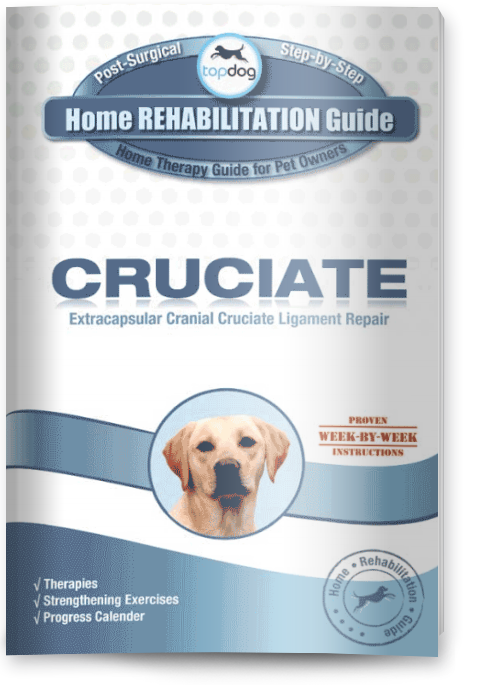


Now you should be safely able to take your dog on progressively longer walks (with a leash/harness!). This actually increases their chance of injuring their other hind leg! It’s important for you to monitor your dog and keep them doing low-energy activities to avoid further injury. Not only are they in pain from their surgery, they’re compensating by shifting most of their weight to their other leg. This is when your dog is at their most vulnerable. This will help keep your dog’s leg strong without overdoing it. Remember, rehabilitation should start after your dog is comfortable moving on its own, which can take up to 6 weeks after the surgery! 1-6 Weeks Post Surgeryĭuring the first six weeks, we highly recommend avoiding long play times that involve running and pulling, and sticking to short walks around the house or yard. Your dog’s stitches/staples will be removed 10-14 days after the surgery, but you should still take it easy for a while. Please use the sling at all times when your pet is not on secure footing. Lift up on the sling gently to help take weight off the injured leg and keep your dog balanced as they walk. To help them move, especially up and down stairs, take a soft bath towel or old blanket and sling it under their abdomen near their hind legs. Keep them on a leash or harness at all times to control their movements. Eventually, you will have to let them go outside, though, to do their business. Your dog may not want to move much at first, and that is okay. As always, don’t let your dog lick at the wound - it’s best to keep a cone on their head until your vet says it’s alright to take it off. Be sure to keep the wound dry!īe sure to keep the wound clean and keep an eye on the stitches to make sure nothing comes undone. If there is not a bandage on your dog’s leg and swelling is a problem, you can gently place a cold compress on the incision 3-4 times daily for 5-10 minutes at a time. In some cases, a light pressure bandage is placed on a dog’s leg to help prevent swelling. What to Expect For Their Woundīruising and swelling is usually peak during the first 2-3 days post surgery. You’re going to have to help them with a lot of things in the first three days, including walking. Your dog will not seem like themselves at first, but we promise you that they’ll recover in time. Phase one is known as the first 1-3 days post surgery. Don’t force your dog to eat, and make sure they have clean water at all times. They may not eat for 24 hours after the surgery either. It is completely normal for your dog to seem lethargic for a while after they’ve undergone medical care. If you need to, line it with puppy training pads, because accidents do happen. Make sure it is clean, has their food and water bowl, and an area where they can sleep comfortably. It should also be indoors without any access outside.

The area should be comfortable for them, with nonslip padding on the floor, and no furniture for them to jump on. You should clear out a small space in your house to contain your dog for the first 24-48 hours of them being home. Before ACL Surgeryīefore you take your dog home, make sure your house is ready for them.
ACL SURGERY DOGS HOW TO
We’re here to help walk you through the recovery process and offer some tips on how to help your dog through it. But we also know that acl surgery recovery for a dog is long and stressful on both you and them. Here at Doggy Brace, we’re always talking about how our braces are not alternatives to reconstructive surgery for a town ACL.


 0 kommentar(er)
0 kommentar(er)
